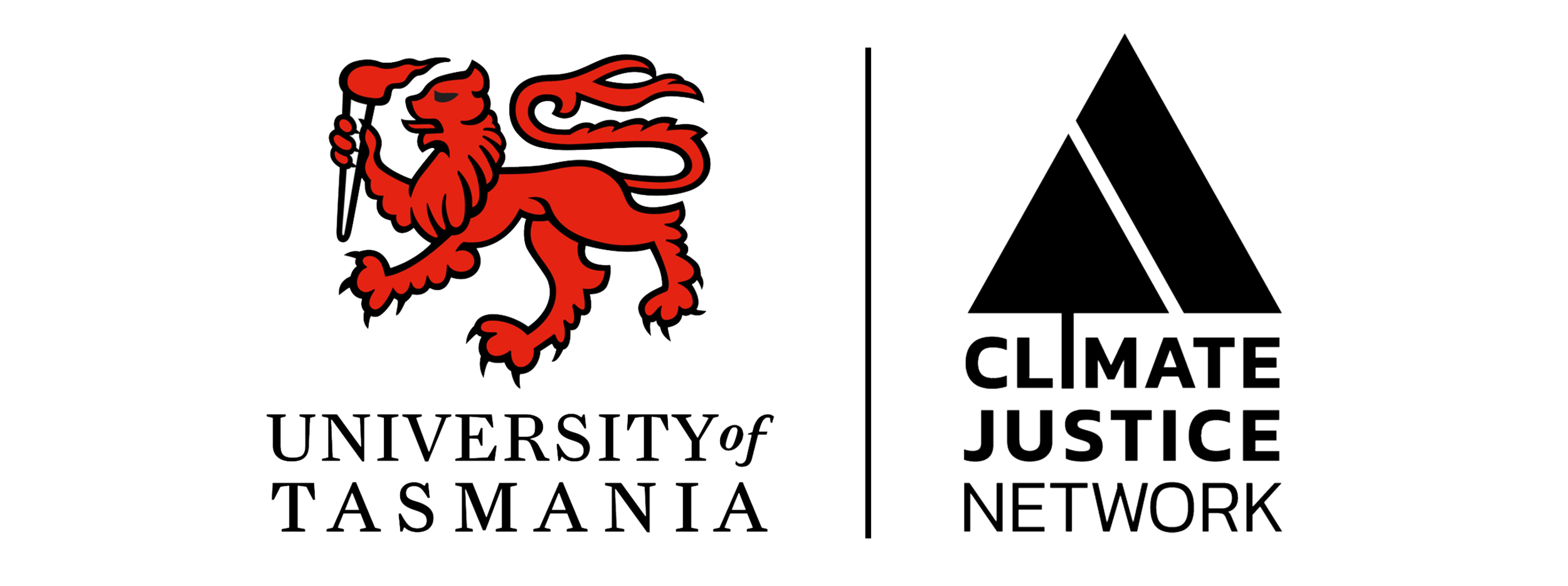Climate Change Litigation’s Unfolding Future, Part 1: Global Trends
I had the privilege of presenting at the Imagining a Different Future Conference in 2018. My presentation later developed into an article in the special edition of the University of Tasmania Law Review. Drawing on the insights of the social movement literature, the presentation and article argued that (1) tried-and-tested approaches to climate change litigation may be reaching the limits of their strategic usefulness, and (2) as the Australian domestic climate movement seeks new avenues and levers for change we are likely to see both more innovative litigation and a greater convergence between litigation and broader climate advocacy.
It is worth revisiting this argument in the light of developments in climate change litigation and in the broader climate justice and liability movement that have occurred in the ensuing two years––––both globally and in Australia. Part One of this post looks at the global picture: what are the trends that are emerging, and do they reflect a fundamental change in the litigation landscape?
First, there seems to be no slowing of the number of new climate cases being filed, nor in innovation in the climate change litigation sector. In particular, we continue to see increasing numbers of rights-based cases being filed. No fewer than fourseparate lawsuits have been filed in Canada on behalf of young people or indigenous groups alleging that their provincial or federal government's’ actions with respect to climate change have violated their rights under the Canadian Charter of Rights and Freedoms (through my work at Our Children’s Trust I was involved in supporting one of these lawsuits: the La Rose et al. v. Her Majesty The Queen litigation in the Federal Court of Canada). In addition to Canada, new legal actions on behalf of youth have been filed in Peru and South Korea, and before the UN Committee on the Rights of the Child. Tort-based lawsuits against fossil fuel companies continue apace in the United States, with some early jurisdictional victories (and several high-profile losses) under their belts. Additionally, innovative challenges to fossil fuel companies founded in environment, corporate and/or financial laws are being filed in Europe and elsewhere.
Second, these new approaches have experienced, at best, mixed success. The high-water mark for this wave of litigation, of course, is the Urgenda case. The 2018 judgment by the Hague Court of Appeal was even more resounding than the original judgment of the Hague District Court, insofar as it found that the plaintiffs’ also had a successful claim under the European Convention on Human Rights (ECHR). This was followed by the comprehensive December 2019 decision from the Supreme Court of the Netherlands, which in upholding the plaintiff’s claims laid down a legal roadmap that courts can apply throughout the ECHR system, the civil law world and potentially more broadly. Successes have also been achieved in innovative administrative cases and in the use of the “climate necessity defence.” It would be remiss of me not to mention that a steadily-growing body of jurisprudence from UN Treaty Bodies, the UN Special Rapporteur on Human Rights and the Environment, and the Philippines Human Rights Commission have affirmed, as a matter of international law, the link between climate change and human rights.
However, new approaches are also facing significant setbacks. The Juliana case suffered a major setback in early 2020 when the U.S. Ninth Circuit Court of Appeals ruled to dismiss the case (note: I also was formerly part of the legal team supporting the Juliana case). Although the reason for the Ninth Circuit’s dismissal was relatively narrow, there was a blistering dissenting judgment, and the plaintiffs have further avenues for appeal, the case’s future is at best uncertain and a full resolution still could be years away. A high-profile prosecution of Exxon-Mobil by New York State also stumbled at the first hurdle. However, that some novel litigation approaches have not found traction in the same way as others should not be surprising; the prospects of all new legal theories are, to a greater or lesser extent, initially speculative. Indeed, what would be surprising is if each and every new approach experienced immediate and/or sustained success. What these challenges and setbacks underline is the need for litigation to be embedded within the broader climate movement in order to maximize its strategic impact regardless of the result in court. That is, in light of the narrow window for effective climate mitigation, an effective climate movement cannot put its stock in a single case or in the judicial system alone; it must leverage its wins and find ways to overcome its losses.
Given this strategic imperative, it is pleasing to see a growing symbiosis between advocacy in the courts and the streets. Two threads in particular are worth noting. One is the explosion in youth climate activism, thanks to (among others) Greta Thunberg, Fridays for Future, the Juliana plaintiffs, and the broader youth (and non-youth) climate strike movement. Although youth-led legal actions have helped inspire the intergenerational justice frame of the climate strike movement, the climate strikes have an energy and prominence of their own making, and transformative potential independent of litigation. The other thread is the coalescence of the climate movement around broad-based, comprehensive, justice-and-equity-promoting policy platforms to address the climate crisis, like the Green New Deal, over narrower market interventions like a price on carbon. Both threads are an indication that broader societal and cultural shifts are occurring that, historically, have played a more crucial role in social change than legal victories alone.
Part Two of this post will consider whether these global trends are gaining traction in Australia, and what differences we are seeing between the global picture and Australia.
Danny Noonan is a climate change advocate, scholar, and Australian-qualified lawyer. He is a co-founder and board member of Breach, a newly-established organisation that partners with frontline communities to advance climate justice through legal advocacy, grassroots organizing, and strategic communications.
